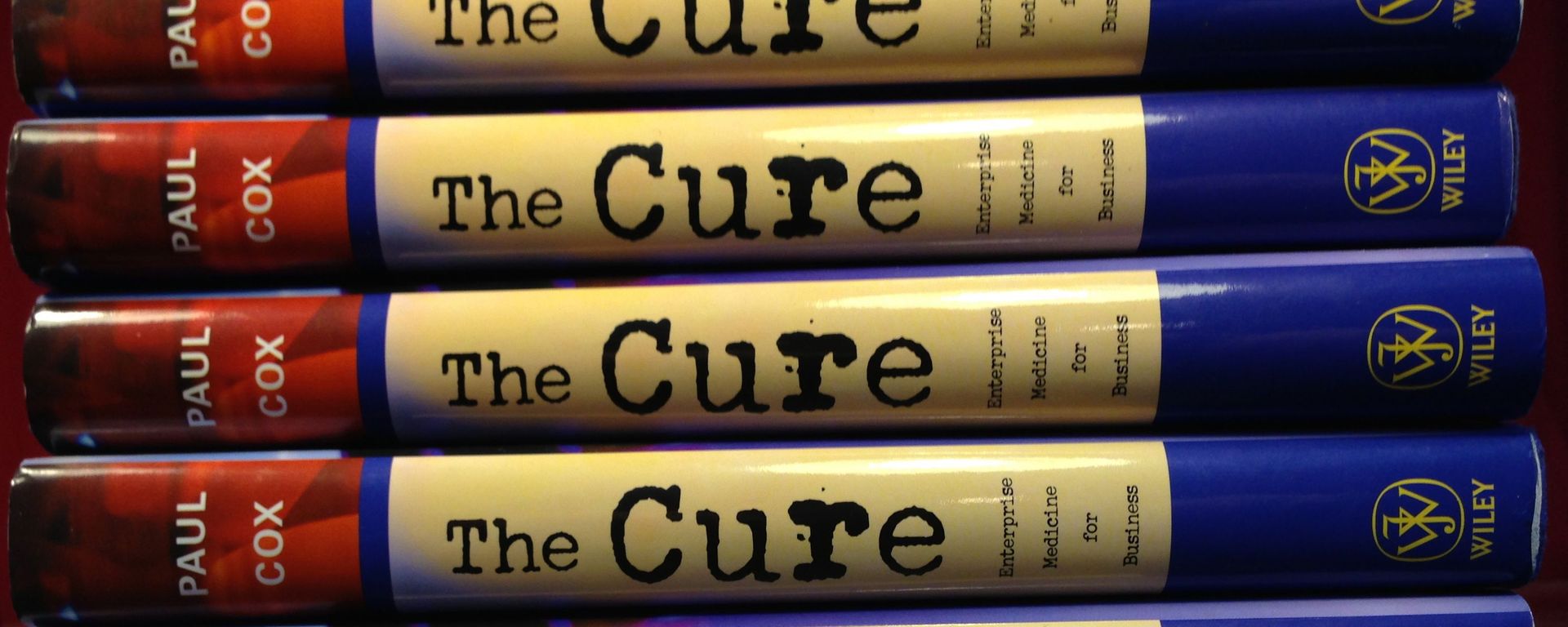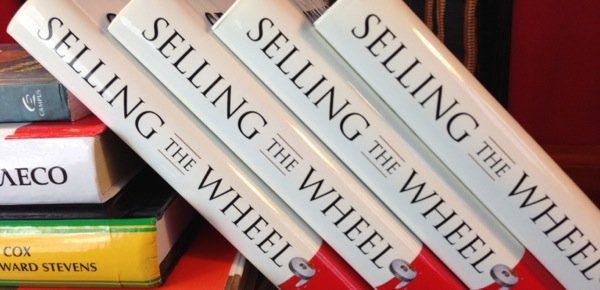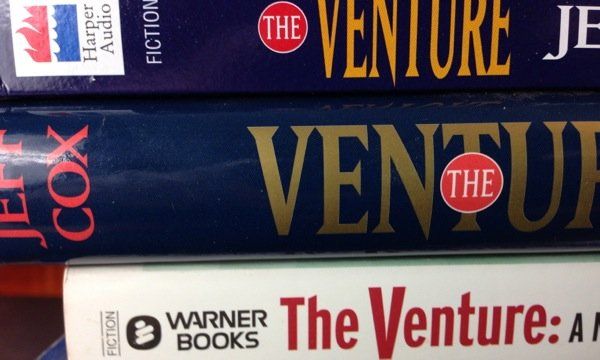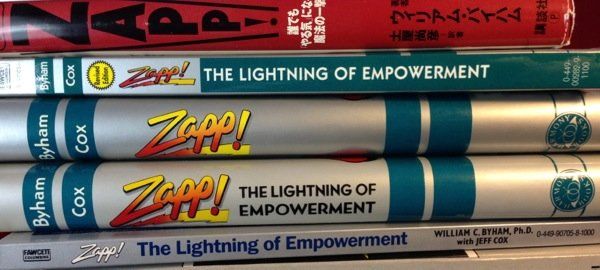Business Books Written By Jeff Cox

Hanging Fire
Velocity
VELOCITY is a business novel about getting Lean, Six Sigma, and the Theory of Constraints to work in concert with each other. Eli Goldratt's constraint theory (TOC) is at the systemic center of this merging of disciplines, and for good reason: real bottom-line improvement. Co-authors were Dee Jacob and Suzan Bergland, both of AGI / Goldratt Institute.


The Cure
THE CURE addresses the thorny issue of organizational politics. To one degree or another, politics influences the performance every company and organization -- and often not in a good way. Opportunities are missed, problems are not addressed, and ugly realities are ignored, all because of managerial politics. But there is a solution that works: a disciplined method developed by coauthor Dan Paul.
Selling The Wheel
SELLING THE WHEEL is a humorous but practical tale about the inventor of the original wheel back in ancient times. Trouble is, its brilliant inventor, Max, has no clue how to sell it. The story takes the reader through the full cycle of market evolution, with very different selling styles based on changing customer needs. The content is as timeless as the whimsical story presenting it. This is definitely a book for entrepreneurs.


The Venture
THE VENTURE is a novel about employees laid off in the downsizing of a large corporation who start their own company and make a go of it. Along the way they learn how terribly difficult it is to get a start-up going and make it successful. Far more novel than manual, and far more personal than the others, this is the only business book written solo without a coauthor.
Heroz
HEROZ was a companion book to best-selling ZAPP. While ZAPP was about a first-line manager empowering his employees, HEROZ is about a group of employees learning how to empower themselves. Both books were collaborations with Bill Byham, founder of Development Dimensions International (DDI).


The Quadrant Solution
THE QUADRANT SOLUTION was a realistic business novel about finding the right sales and marketing strategy based upon what customers truly need from a salesperson. And needs change and evolve as market and technology mature over time. Indeed the actual buyer changes radically. So, if the seller wants to be successful, the sales force has to change. SELLING THE WHEEL, which I wrote and published a decade later, was an update and distillation of QUADRANT, a collaboration with Howard Stevens, founder of the H.R. Chally Group.
Zapp
ZAPP, on one major bookseller's list, was the best-selling business book for the entire decade of the 1990's. It's about a grumpy, struggling first-level manager, Joe, trying to satisfy his less-than-supportive boss. So he starts to listen to one of his employees, Ralph, who has a device that takes one to a dimension in which psychological realites on the inside of a person are visible on the outside. This enables Joe to discover empowerment (Zapp) and its anti-force (Sapp) and learn how to be a truly effective manager. Written for William Byham and his HR firm, DDI


The Goal
THE GOAL was one of the most successful business novels of our age, and in fact was included in a compendium titled "The 100 Best Books of All Time." It is still influential and widely read today throughout the world, more than 30 years after its first publication. I was the creative writer for the original manuscript and the first revised edition, weaving a story to convey concepts advanced by Eliyahu Goldratt, who shortly afterwards set forth the Theory of Constraints (TOC).
